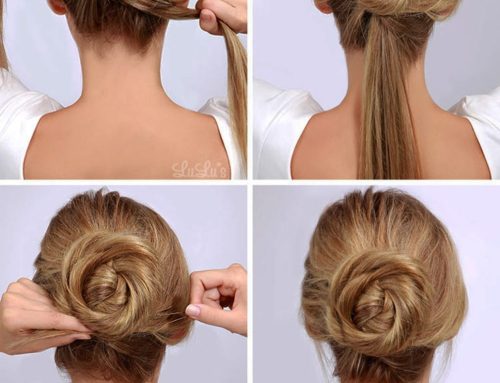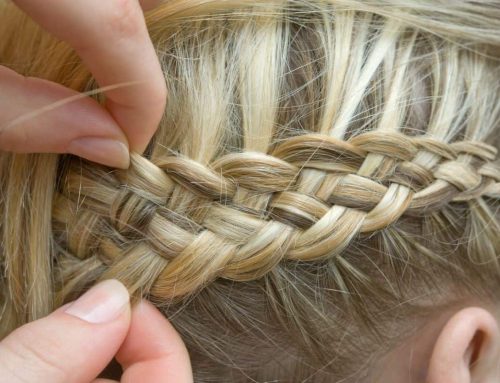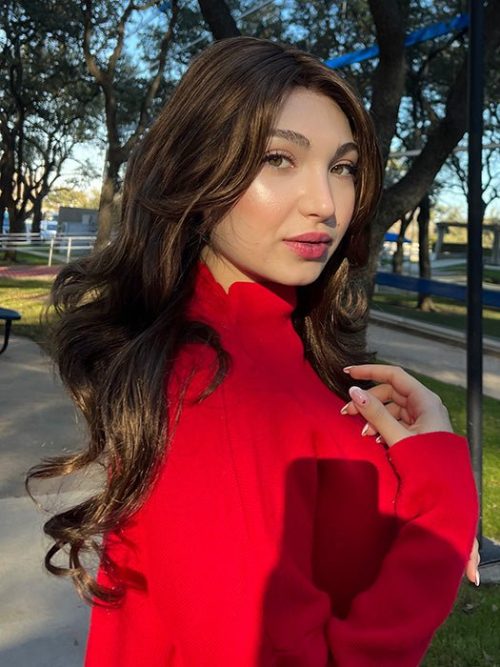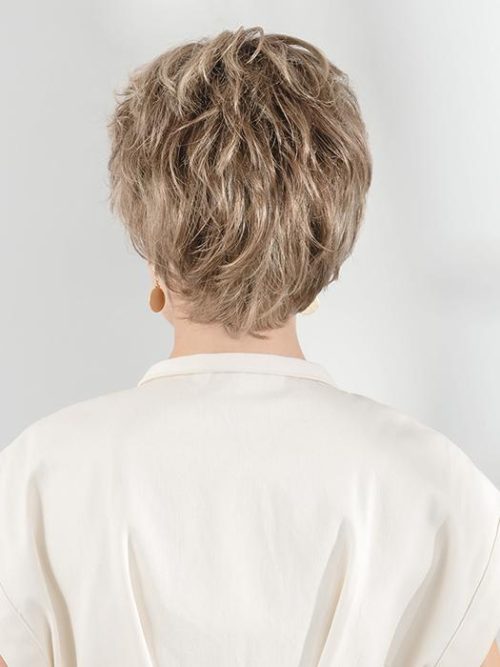Introduction: Prioritizing Hair Care
Just as you devote time to nurturing your skin, we advocate for extending the same level of care to your hair. Scrolling through social media platforms, we often come across enviable hairdos and wish to emulate them ourselves.
Hair care entails a meticulous routine involving proper grooming techniques and the utilization of suitable products. Our mission is to assist you in attaining your desired hair goals by establishing a personalized care regimen tailored to your specific hair type.
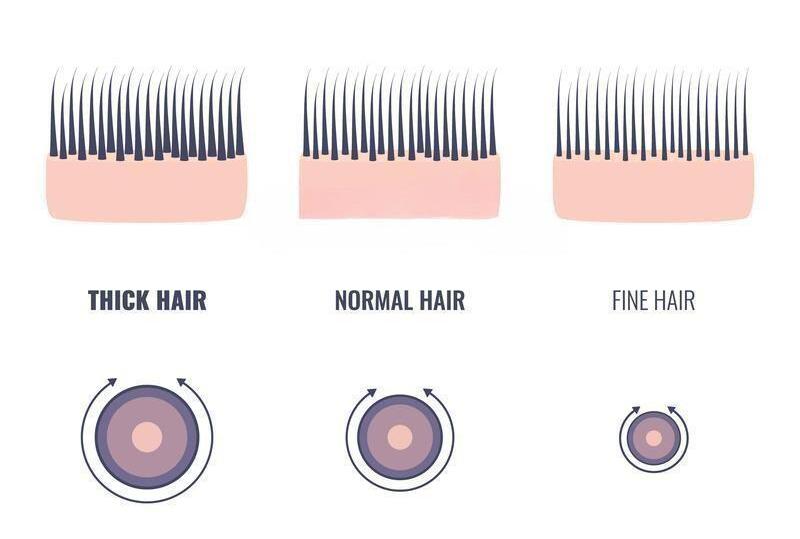
Understanding Hair Types
The characteristics of your hair are predominantly determined by genetic factors, particularly the shape of your hair follicles. Hairstylist Andre Walker introduced a comprehensive classification system categorizing hair into four main types:
Type 1 – Straight
Characterized by a smooth, sleek appearance, straight hair lays flat from the roots to the tips. This type of hair is typically resistant to curling or tangling and possesses a soft texture. Common among Asian women, straight hair may appear greasy if not washed frequently. While it is relatively easy to maintain, styling straight hair can be challenging.
Type 2 – Wavy
Naturally wavy hair features gentle curls that fall between straight and curly textures, resembling the shape of the letter “S. This hair type exudes a relaxed, carefree vibe and boasts a slightly coarse texture, making it versatile for styling purposes. Whether you opt for curls or straight styles, wavy hair offers immediate adaptability and enduring hold.
Type 3 – Curly
Defined by spiral-shaped curls reminiscent of the letter “Z”, curly hair boasts ample volume and vitality, maintaining a distinct, natural structure. Due to irregular follicle patterns, curly hair is more susceptible to frizz, breakage, and dryness, necessitating meticulous upkeep to prevent damage.
Type 4 – Kinky
Featuring tightly coiled ringlets, kinky hair exhibits the most pronounced curl pattern. Common among individuals of African descent, this hair type possesses a dense, textured quality. The tight coils impede the distribution of scalp oils along the hair shaft, resulting in a rough texture and heightened fragility. Heat styling tools and chemical treatments pose significant risks to kinky hair health, often leading to scalp dryness or itchiness.
While these classifications provide a foundational understanding, each category can further be subdivided based on factors such as texture, thickness, density, and curl intensity, denoted from A to C, delineating variations in straightness, fineness, and smoothness.
Refer to the accompanying image for detailed visual representations.

Determining Your Hair Type
Equipped with knowledge of the four primary hair types, you may wonder how to ascertain your hair’s classification. Consider the following five criteria collectively to discern your hair type:
#1 Appearance
Hair appearance offers the most accessible means of classification. Follow these steps for accurate assessment:
- Begin with freshly washed hair, devoid of any styling products.
- Allow your hair to air dry completely.
Based on the distinctive characteristics outlined for each hair type, you can identify where your hair aligns within the spectrum. Notably, variations in curl patterns and thickness across different sections of hair are common, requiring a discerning eye to determine the predominant type.
#2 Diameter
Hair diameter, indicative of thickness, provides further insight into your hair type:
- Perform a strand test by running your fingers along a section of hair.
- Note the degree of resistance felt:
- Minimal resistance indicates fine hair.
- Moderate resistance suggests medium hair.
- Pronounced resistance signals thick hair.
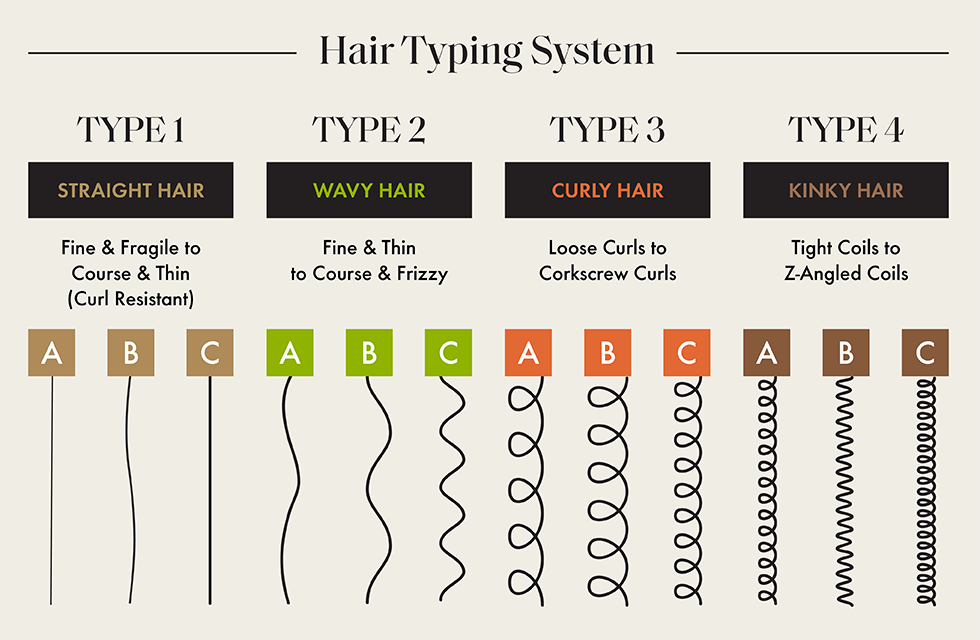
Comparing hair strands to sewing thread can aid in gauging thickness, with a similar width indicating medium hair, thinner strands denoting fine hair, and thicker strands signifying coarse hair.
#3 Density
Hair density, or the concentration of hair strands on the scalp, offers insights distinct from hair diameter:
- Part your hair to reveal the scalp beneath.
- Assess the visibility of the scalp:
- A prominent scalp indicates low density.
- Partial scalp visibility signifies medium density.
- Obscured scalp visibility suggests high density.
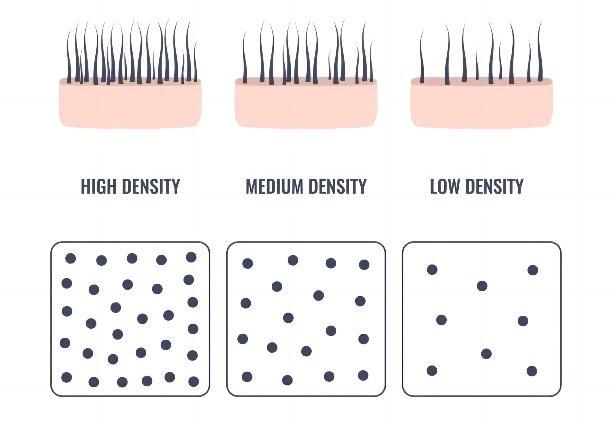
By integrating these considerations, you can accurately discern your hair type and tailor your hair care routine accordingly.
Understanding Porosity
Porosity serves as a crucial indicator of your hair’s moisture absorption capabilities and its ability to retain moisture. Higher porosity allows for increased moisture absorption and product retention. To determine your hair’s porosity, conduct a simple test using a glass of water and a strand of dry hair:
- Submerge a dry hair strand in the water and observe its behavior.
- Interpret the results as follows:
- If the hair strand floats on the water’s surface, it indicates low porosity.
- If the hair strand rests between the water’s surface and the bottom of the glass, exhibiting balance, it signifies medium (normal) porosity. This type requires no additional care for maintaining hair health.
- If the hair sinks to the bottom of the glass, it indicates high porosity. While high porosity hair can absorb moisture and products effectively, it is susceptible to damage. Chemical treatments can penetrate the cuticle easily, leading to frizz and rapid moisture loss post-cleansing.

Scalp Oiliness Assessment
Assessing scalp oiliness is another vital aspect of gauging hair health. Conduct the following scalp test to determine the level of greasiness:
- Wash and air-dry your hair naturally before bedtime.
- In the morning, press a tissue against different areas of your scalp, particularly the crown and behind the ears, to evaluate oil absorption.
Interpret the results as follows:
- Minimal oil indicates a dry scalp, indicative of dehydration.
- Light oil stains denote a balanced scalp capable of maintaining a healthy oil-water equilibrium.
- Heavy oil residue suggests oily hair.
- Oil accumulation in specific areas, such as above the temples and behind the ears, indicates a combination scalp.
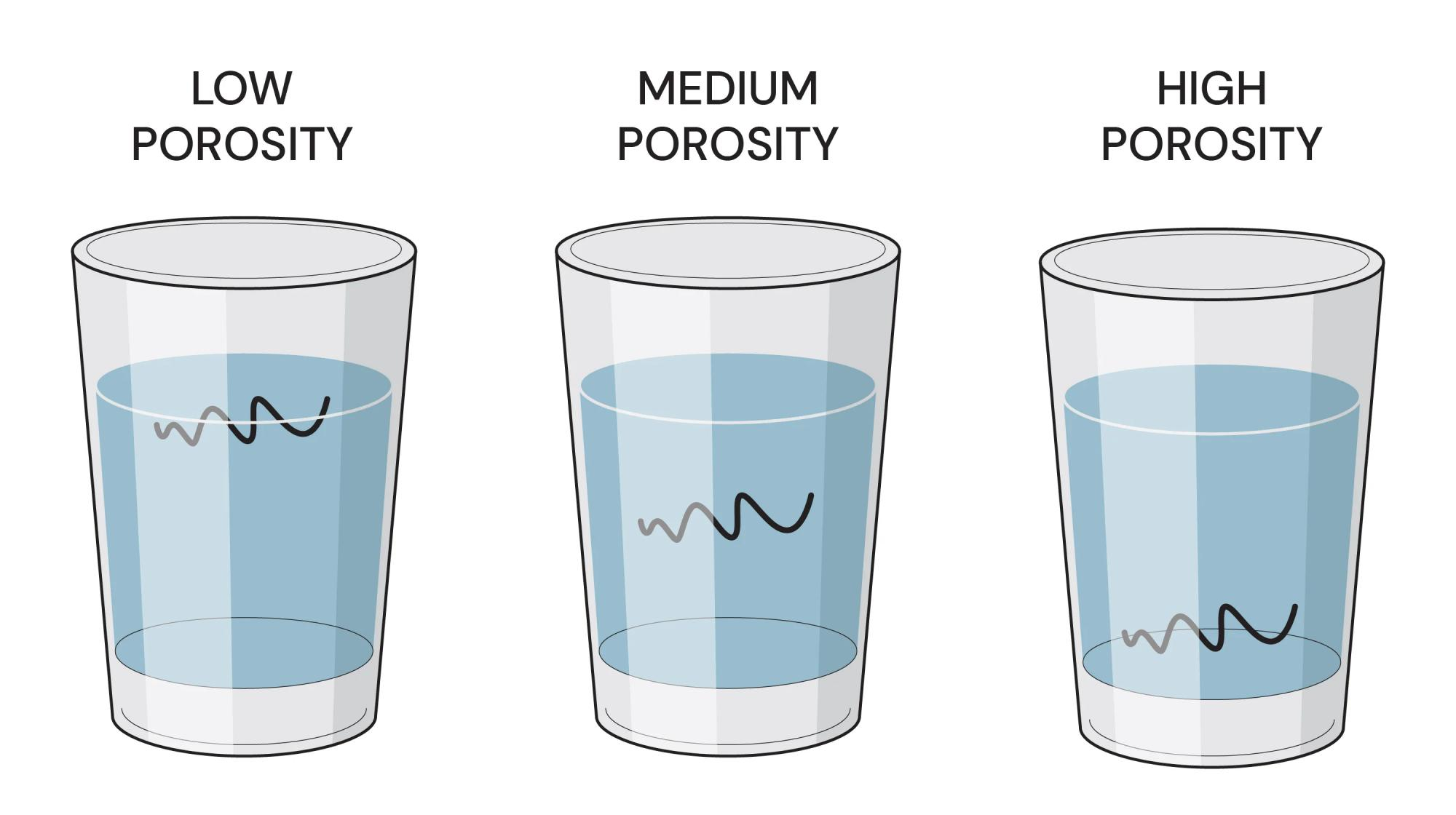
Customized Hair Care Regimens
Enhancing the quality of your hair is achievable with tailored tips and suitable products. Who doesn’t aspire to flaunt silky, lustrous locks? Here are curated recommendations to help you achieve that coveted look:
#1 Hair Care Routine for Straight Hair
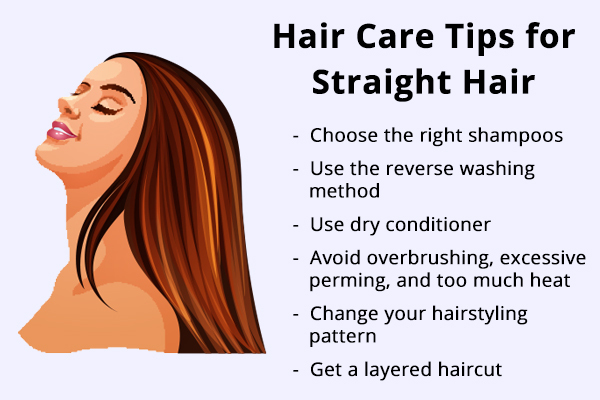
Washing Guidelines
- Opt for sulfate-free shampoos to cleanse excess oil and dirt without stripping your hair.
- Adjust your washing frequency based on your scalp type: every 2-3 days for dry scalps, and alternate days for oily scalps.
Conditioning Techniques
- Choose conditioners with minimal ingredients to prevent hair from feeling weighed down.
- Opt for formulations containing jojoba or coconut oil to lock in moisture without greasiness.
Styling Tips
- Create volume by blow-drying layers with a round brush.
- Combat oiliness with dry shampoo, extending the time between washes.
- Enhance volume for thin hair with texturizing products.
Trimming Suggestions
- Experiment with blunt cuts for fine hair to add volume, or layered cuts for thicker hair to enhance movement.
#2 Hair Care Routine for Wavy Hair
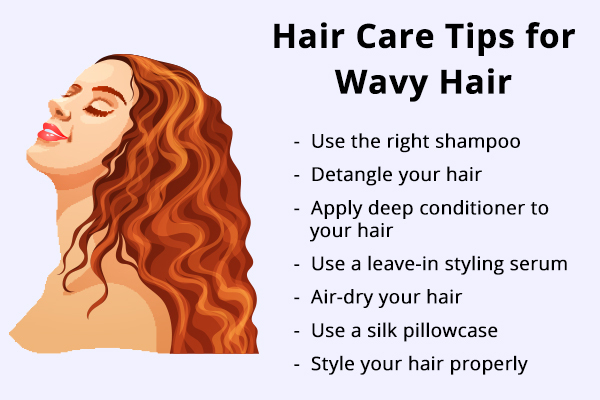
Washing Techniques
- Wash wavy hair less frequently, approximately every 3-4 days, to maintain natural oils.
- Opt for sulfate-free shampoos designed specifically for wavy hair.
Conditioning Strategies
- Prior to washing, apply essential oils to moisturize hair and scalp.
- Overnight hair masks can provide intensive hydration and protection.
Additional Tips
- Use jojoba oil or vitamin E to hydrate and prevent frizz.
- Apply leave-in conditioner to enhance moisture retention and define waves.
These tailored approaches ensure optimal hair care tailored to your specific hair type, promoting health, vibrancy, and manageability.
Styling Tips for Enhancing Waves
To accentuate your waves for a more defined look, follow these styling techniques:
- Apply styling mousse evenly from roots to ends while your hair is damp.
- Combat frizz and maintain hydration by applying a hair oil, focusing on the mid-lengths to ends.
- Attach a diffuser to your hair dryer and gently dry the ends of your hair to preserve natural waves.
- Once your hair is 90% dry, switch off the dryer and apply a small amount of hair oil or finishing cream to prevent frizz.
- For added allure, consider applying texturizer at the roots to achieve a sexy finish.
Trimming Advice
Tailoring your haircut to complement your waves involves strategic layering:
- For fine hair, opt for overall layers to enhance volume, while thicker hair benefits from layers to add movement.
- Maintain length to minimize the intensity of curls, and experiment with layering to achieve your desired look.

Curly Hair Care Routine
Washing Techniques
- Choose sulfate-free shampoos to avoid stripping your curls of essential oils.
- Limit shampoo application to the scalp to prevent dehydration and frizz.
- Curly hair typically requires less frequent washing, ideally once a week, to retain moisture.
Conditioning Strategies
- Prioritize moisture retention by conditioning every 3-4 days.
- Incorporate essential oils into your conditioner for added protection and hydration.
- Apply deep conditioner by smoothing it from mid-lengths to ends to prevent breakage and frizz.
Styling Tips
- Embrace the natural volume and bounce of curls by using curl defining cream.
- Enhance shine and tame frizz with hair oil post-shower.
- Use a wet hair brush to detangle and maintain the integrity of your curls.
- Air-dry your curls or use a diffuser on low heat to preserve their shape and fullness.
Trimming Guidance
- Tailor the length of your curls to reflect your personal style and preferences.
- Shorter lengths accentuate curls, while longer lengths exude elegance.
- Regular trims are essential for maintaining healthy curls and minimizing split ends.
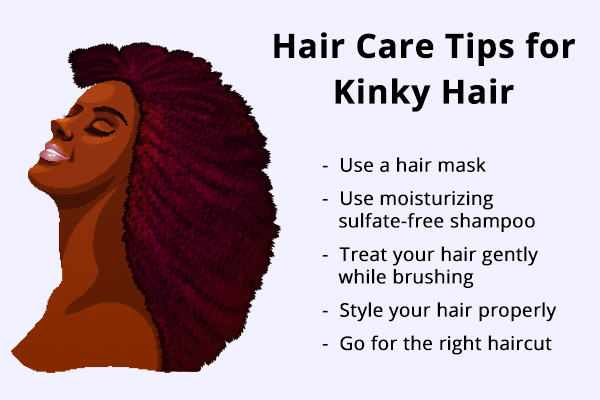
Kinky Hair Care Routine
Washing Techniques
- Opt for mild, sulfate-free shampoos to preserve natural oils and moisture.
- Focus on cleansing the roots while minimizing friction to prevent breakage.
- Limit shampoo application to prevent moisture loss from the delicate hairline.
Conditioning Practices
- Condition 2-3 times weekly to protect and hydrate kinky hair.
- Incorporate deep conditioning treatments into your routine for added moisture and strength.
- Utilize moisturizing sprays and coconut oil to maintain hydration and softness.
Styling Strategies
- Pat hair dry with a microfiber towel to minimize heat damage and promote air drying.
- Use heat protectant to shield hair from damage during styling.
- Apply heavy oil or leave-in conditioner to replenish nutrients post-drying.
- Avoid tight hairstyles to prevent tension and breakage.
Trimming Tips
- Schedule regular trims to eliminate split ends and maintain hair health.
- Avoid excessive trimming or drastic length changes to preserve hair integrity.
Final Thoughts
Caring for your hair is a personal journey tailored to your unique needs and preferences. With the right routine and products, you can achieve healthy, vibrant hair that enhances your natural beauty. Don’t hesitate to reach out for guidance and advice on optimizing your hair care regimen. We’re here to support you every step of the way.
For further assistance, styling tutorials, and trend recommendations, visit our website. Explore our range of products, including shampoos, conditioners, and treatments, designed to nourish and protect your hair. Join our community and embark on a journey to healthier, more beautiful hair today!
Images credit: Google, Pinterest, Youtube.
